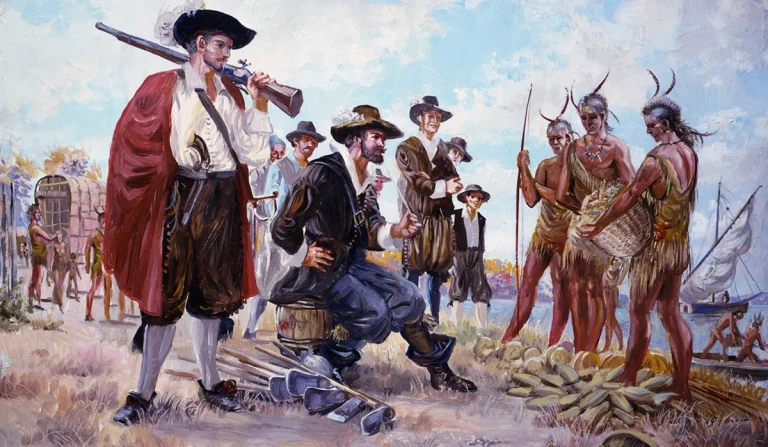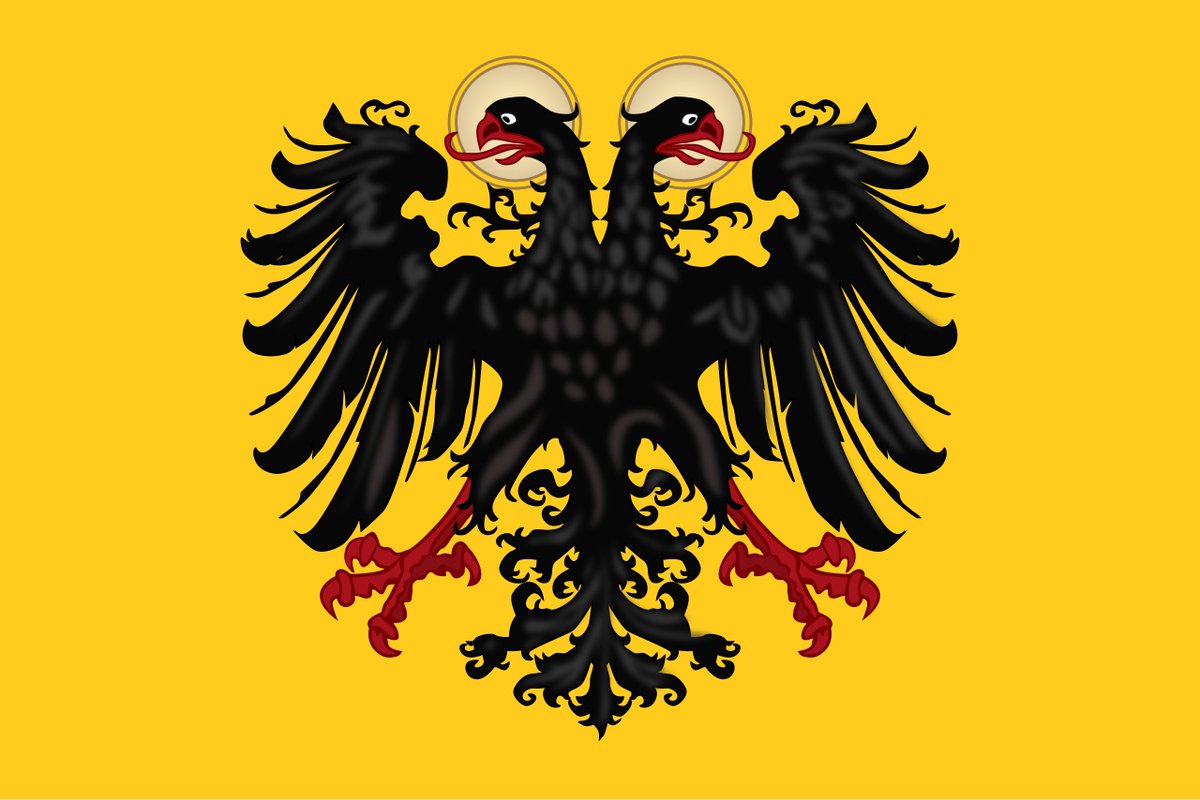Did you know? The famous renaissance elephant Hanno was given to Pope Leo X in 1514 as a gift from the Portuguese king Manuel I from the far lands of India! The elephant became the Pope's favorite pet. "A beast not seen for a long time", Hanno was part of spectacular processions! 

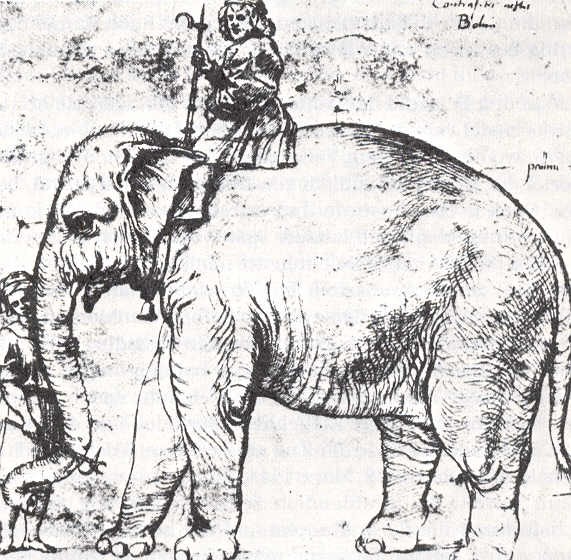
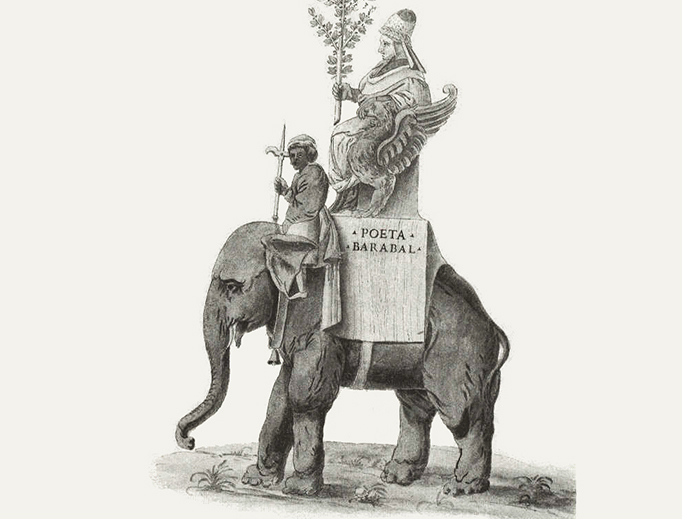
Hanno was one of the four elephants sent by the Governor of Portuguese India between 1510 and 1513 to Portugal. It is remarkable that these huge elephants survived the long journey from the west coast of India to the royal court in Lisbon, passing the Cape of Good Hope! 

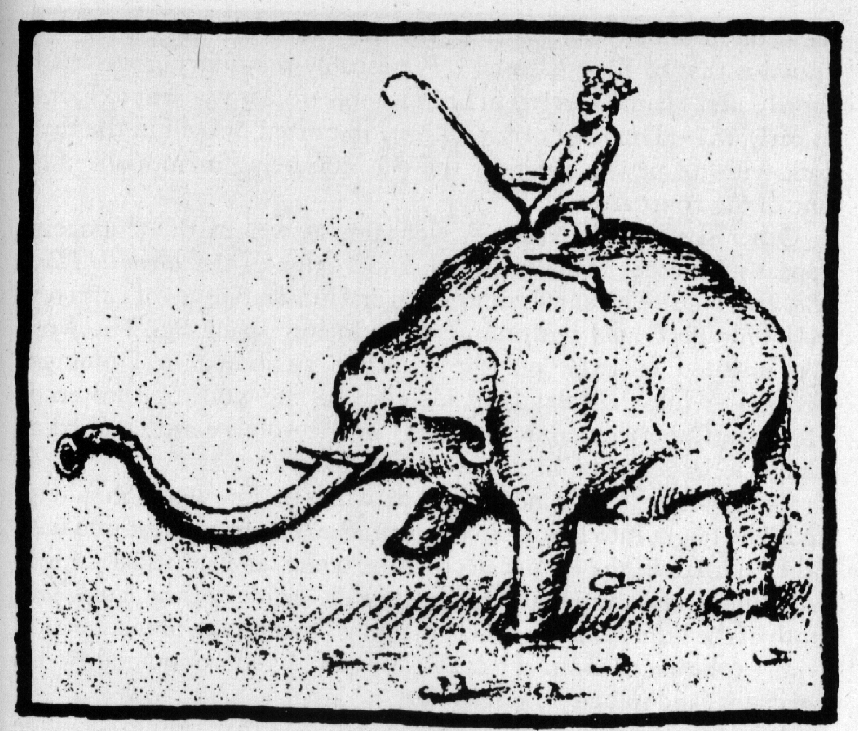
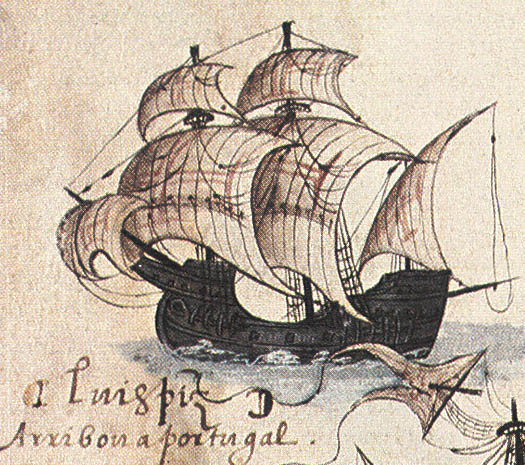
Leo X was a Pope who enjoyed fine things and Portuguese king Manuel I sent him a collection of exotic gifts to display a selection of the great riches of the lands that Portugal had just conquered! These included curious exotic animals - rare dogs, unusual birds and great beasts! 

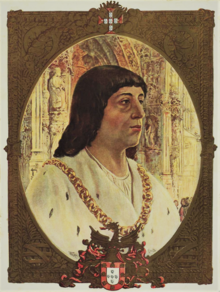
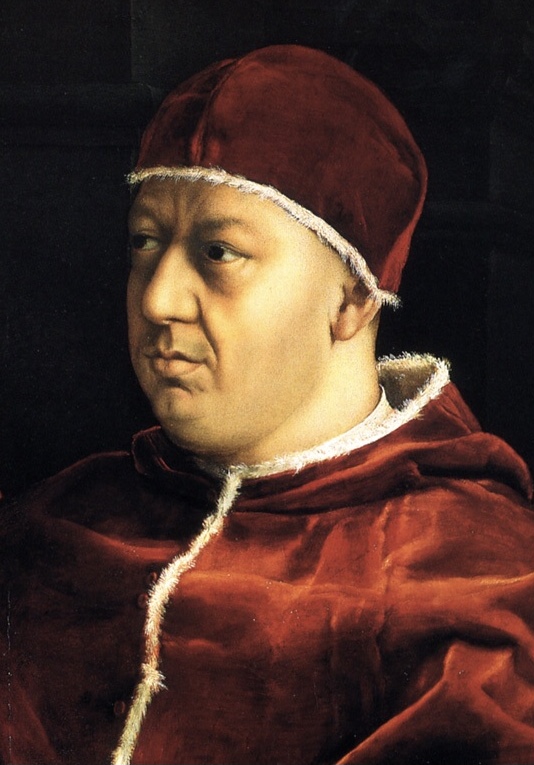
One of these gifts was a 4 year old white elephant named Hanno! As he was transported to Rome from Civitavecchia through the Italian picturesque countryside, huge crowds gathered to see him despite rainy weather! He would become extremely popular in Rome, a spectacular sight! 

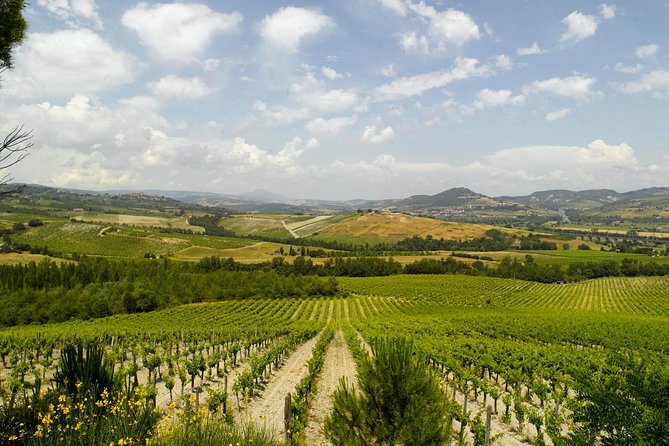

Hanno was often paraded and inspired artists! Unfortunately, in 1516, two years after his arrival, Hanno died from illness, with the pope at his side. Leo X himself composed the epitaph (I attached on the left pictured) on the memorial fresco designed by the great artist Raphael! 

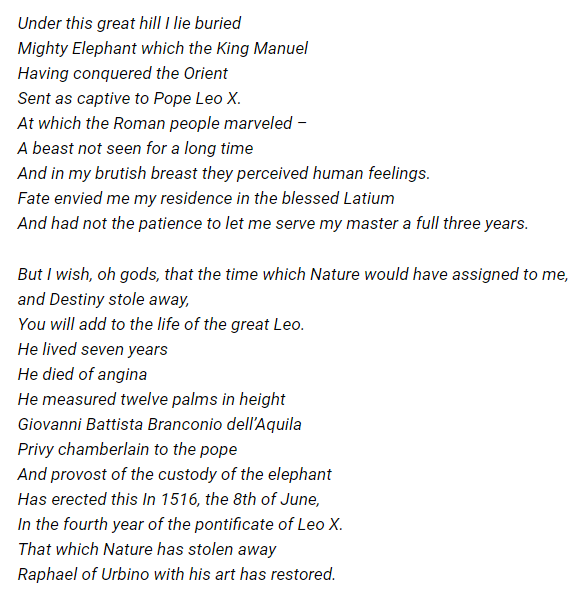
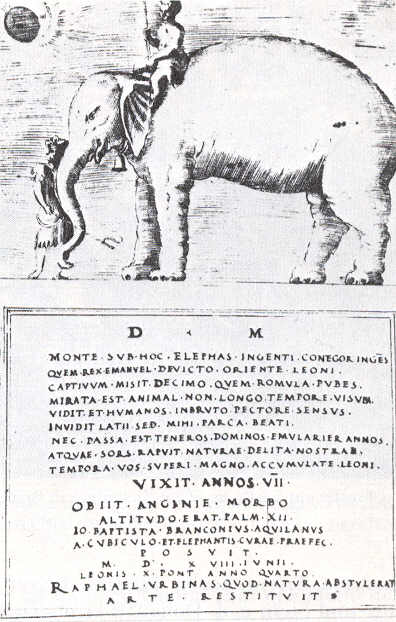
• • •
Missing some Tweet in this thread? You can try to
force a refresh
















